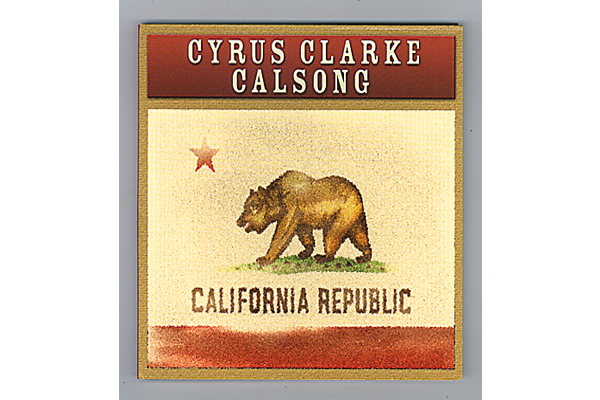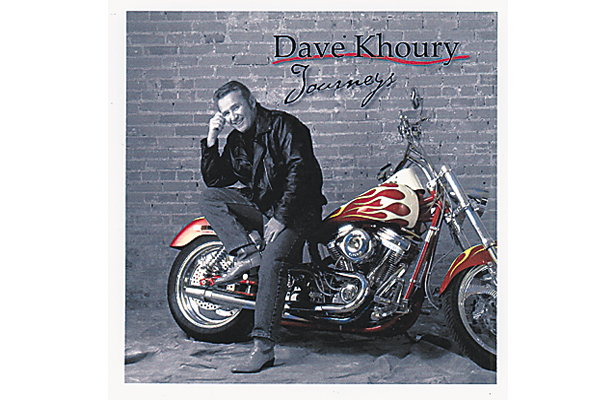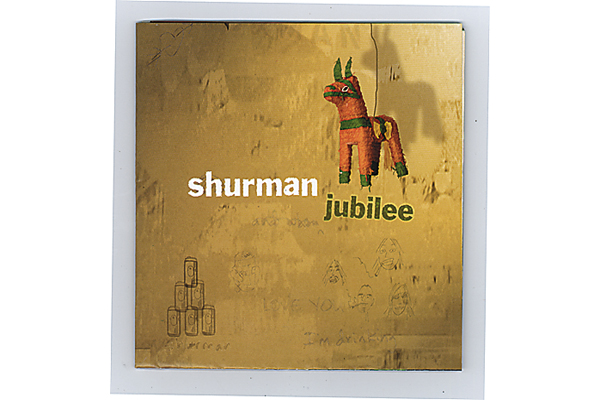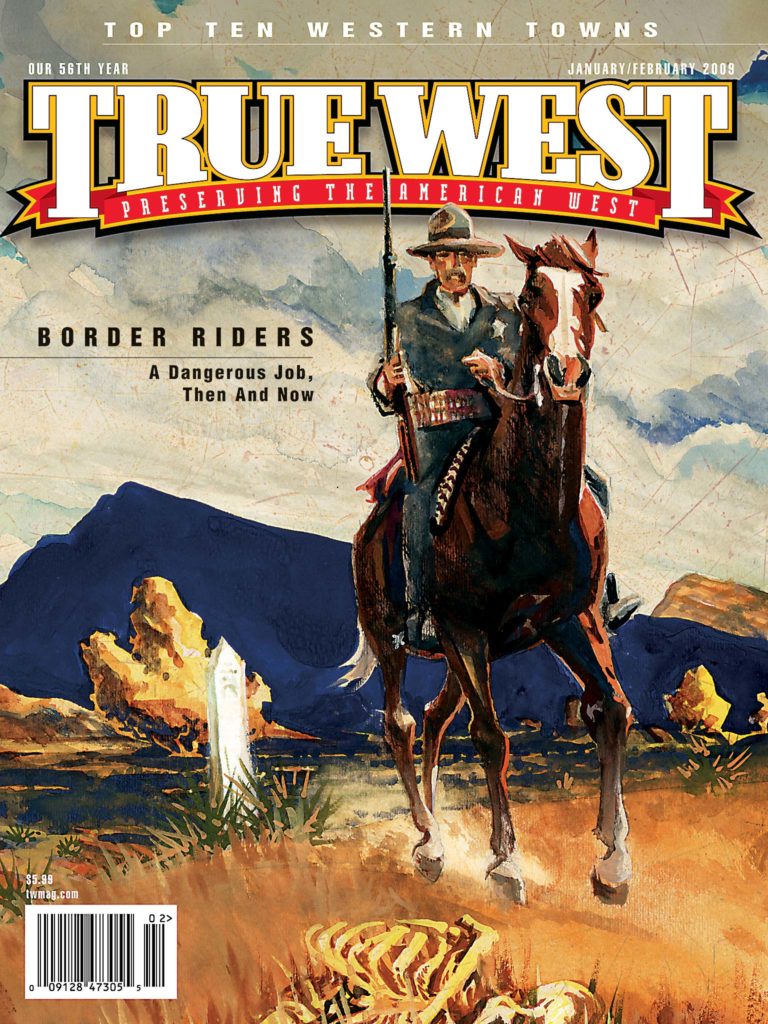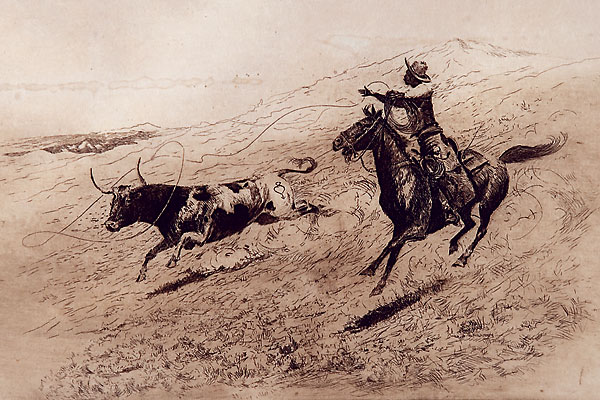
Edward Borein seemed to be Rembrandt reincarnated.
A master during the great age of etching in the 17th century, Rembrandt’s oeuvre resulted in some 290 etchings; the cowpuncher has him beat. Before noted Borein biographer and collector Harold Davidson died in 2003, he estimated that 427 different Borein etchings exist today.
Three Borein etchings hammered for reasonable prices at Greg Martin Auctions in San Francisco, California, on November 19, 2008. They came from the collection of Harry Marx, whose appreciation of the artist stems from their shared membership in Rancheros Visitadores, a group of horsemen who continue the tradition of visiting ranches in Santa Barbara and which owes its origin to Borein.
Both Borein and Rembrandt created works via drypoint etching, a process in which the artist used a thin steel-tipped needle to penetrate a copper plate, exposing the bare copper, and thus, revealing the design upon which to apply the ink. As the sharp point of the drypoint passed straight onto the copper, it threw up a burr, making the line slightly ragged. This velvety line gave off a painterly effect.
The son of a deputy who served under the famous first sheriff of Alameda County, Harry Morse, Borein (1872-1945) would grow up to become one of the few working cowboy artists of the West, a rare group that included Will James, W. Herbert Dunton and Charles M. Russell, who became Borein’s mentor and close friend.
Starting at age 18, Borein hired on as a vaquero at several ranches, including the Rancho Jesus Maria in Santa Barbara and the Hacienda Babicora in Chihuahua, Mexico, owned by Phoebe Hearst, mother of the U.S. newspaper magnate. “For every horse this artist has drawn or painted, he has ridden a hundred; and for every long-horned steer depicted by him, he has punched, or roped or branded a thousand,” wrote the artist’s friend Edwin Emerson.
Borein toured the Sierras, Oregon and Idaho in 1901 with Maynard Dixon, a friend he had made during his one-month stint at the Art School of the San Francisco Art Association. By the time the artist set up his New York studio on 42nd Street, his list of famous friends who Borein smoked his Bull Durhams with included President Theodore Roosevelt, artists Joe deYong, Frank Tenney Johnson and Carl Oscar Borg, and entertainers Buffalo Bill Cody, Annie Oakley and Will Rogers.
Although Borein would eventually paint more than 1,000 watercolors, his etchings were always his bread and butter. His technique in this medium set his work apart from that of his peers in Western art.
Dutch poet Carel Vosmaer described etching best: “It is to ramble on copper; in a summer twilight’s hour, To let sweet Fancy fiddle tunefully…. ’tis a wish, a sigh, comprised in finely chiseled odes, A little image in its bird’s-flight caught.”
Charles Lummis, the editor of The Land of Sunshine, who first published Borein’s art, described Borein best: “…his school has been the cattle-ranges of California and Mexico; his book, Nature; his tools the reata; his home a California saddle. And yet he has other horizons.”
The seven lots in the Marx Collection that sold hammered in at nearly $25,000.


